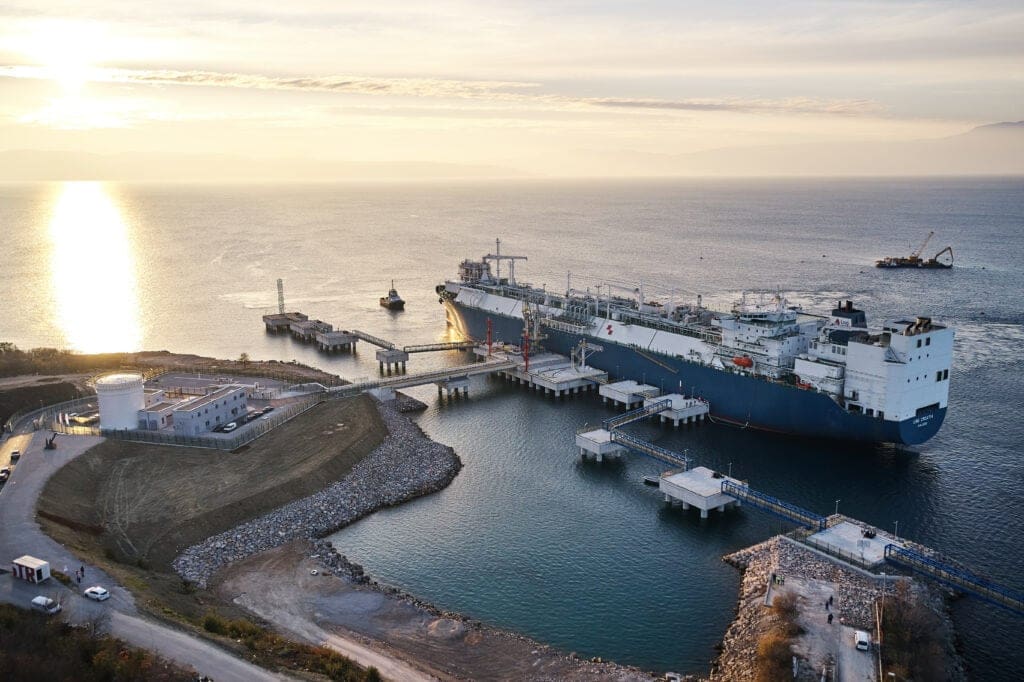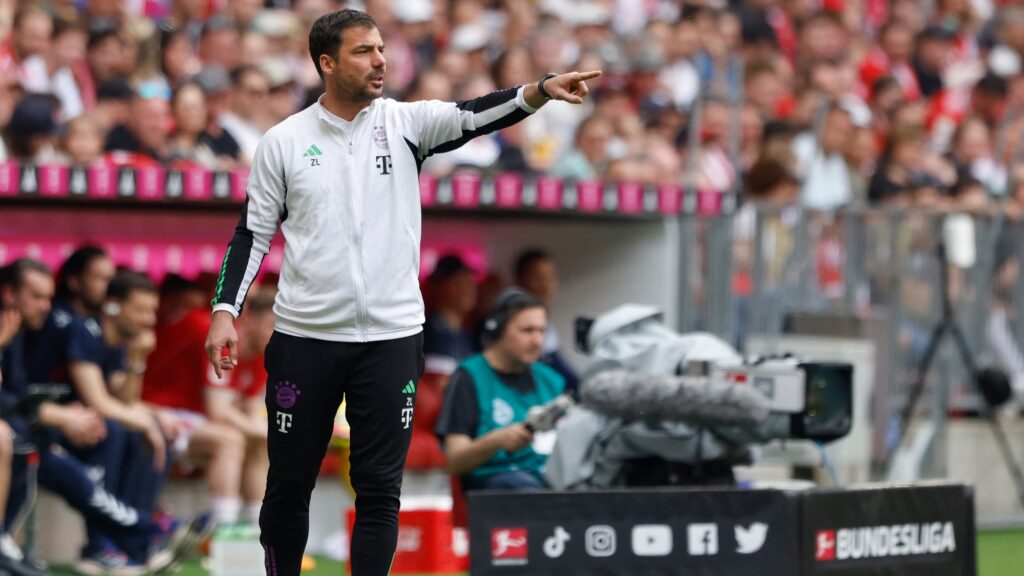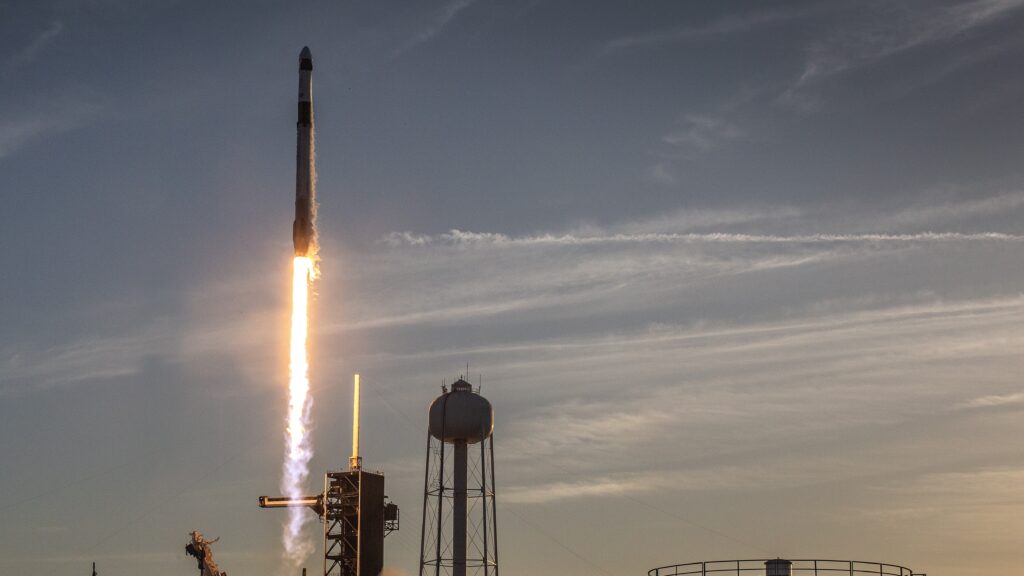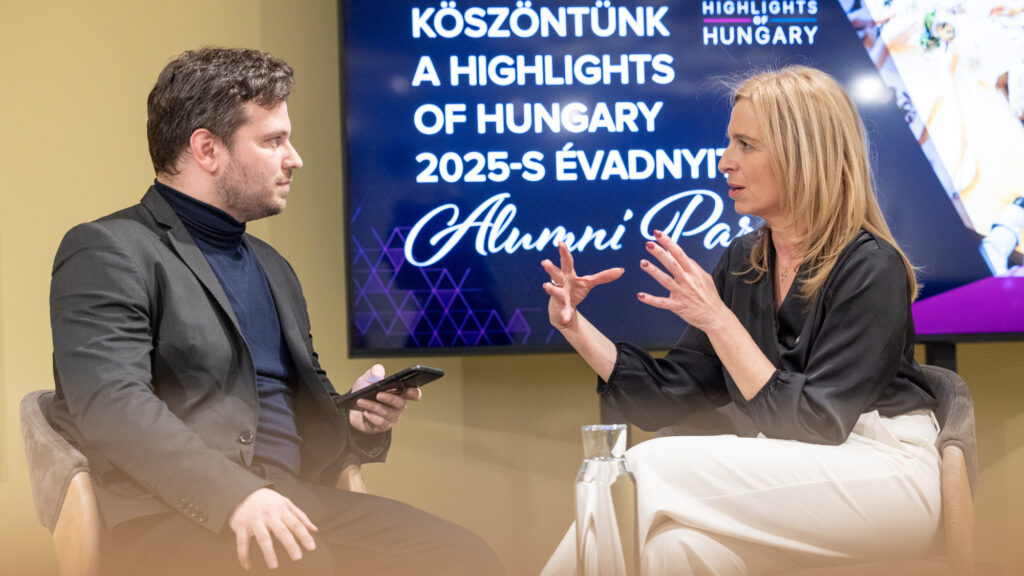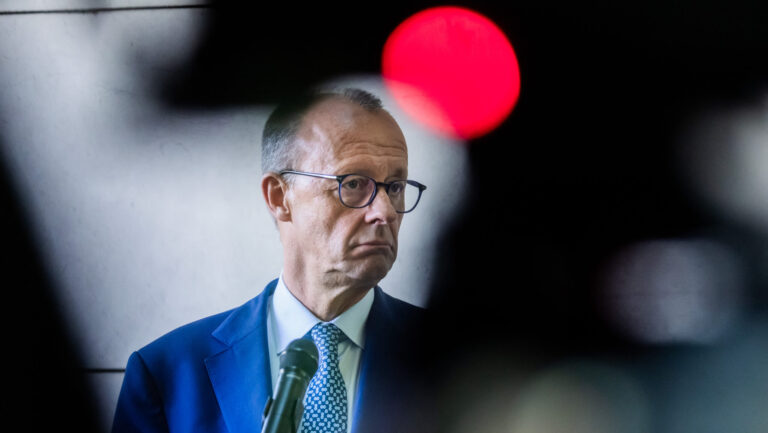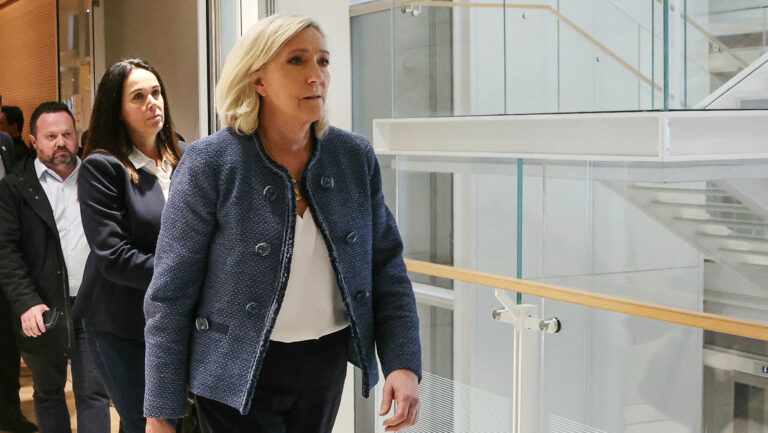2021 opened a new chapter in Hungary’s energy history, as it first-ever managed to sign a long-term gas purchase contract with a Western partner (Shell). In addition, a new direction (Croatia) of liquefied gas supply has became available for Hungary for the first time in 70 years.
The unique possibility of Western (and Transatlantic) orientation of the Central and Eastern Europe (CEE) region’s energy supply implemented, within the framework of the Three Seas Initiative (3SI), a format of political and economic dialogue and cooperation established in 2015 among twelve European countries. One of the declared objectives of the Initiative was to contribute to answering similar challenges of the region, such as underdeveloped infrastructure on the north-south axis, and issues of energy security and diversification.
In line with these ambitions,
at the 2018 Bucharest Summit, 48 Priority Interconnection Projects were agreed (more than half of them are energy projects), including building the Ionial Adriatic Pipeline (IAP), an LNG Terminal on the Island of KRK, as well as a Compressor Station 1 at the Croation Gas Transmission System. The construction of such facilities significantly contributes to the development of Croatia’s gas market, besides, it creates favourable conditions for neighbouring countries to implement their diversified gas supply, facilitating transmission from Krk LNG Terminal and IAP. Establishing the Krk LNG terminal was firstly proposed in 1992 as part of Adria LNG Project, followed in 2007 by a feasibility study. In 2010, the location permit was applied for by the Adria LNG consortium (with shares of E.ON Ruhrgas, OMV and Total), designating the Omisalj port considering its advantageous sea depth, gas network connectivity and appropriate environmental impact. In the following years most of the permits have been obtained, but the project was postponed to 2014, due to an oversupply of natural gas in the market. The project came to fore again as a part of the EU’s CEF (Connecting Europe Facility) initiative, recognized as part of the priority projects under the Central and South Eastern Europe Energy Connectivity (CESEC) initiative, aiming to develop energy security in terms of supply for the region. Croatia’s first LNG terminal along with its connecting gas pipeline “Omišalj-Zlobin” enables to connect the Croatian national LNG transmission network both with EU and non-EU states by providing the transport of gas in the direction to Hungary, Slovenia, Italy, and Serbia and Montenegro.
The Hungarian state-owned MVM energy group have become the terminal’s largest customer by recognizing the opportunity of gas supply diversification, it reserved the capacity to receive 1 bcm of liquefied gas per year from the terminal’s maximum 2,6 bcm yearly send-out capacity. This also means that with a total of 6,75 bcm booked regasification capacity, for the next seven years, most of the gas arriving in this port will be at the request of Hungary – emphasized Péter Szijjártó, Minister of Foreign Affairs and Trade. The sustainability of the Krk project is shown by the fact that despite the difficult investment environment caused by the COVID-19 pandemic, it managed to sell all its capacity by 2023, eighty per cent by 2027, and fifty by 2035.
In a broader sense, the Croatian LNG investment contributes to the effective transformation of the region’s gas markets. Its significance lies in the fact that in an area, dominated by Russian resources for decades, the terminal allows other international players to enter the natural gas market, creating a more balanced and diversified energy supply environment. In the near future, Gazprom remains the region’s dominant supplier, however, greater liquidity by the emergence of the US and Qatar LNG suppliers facilitates alignment with global pricing trends and reduces the negative impact of the previous negotiation status quo.

